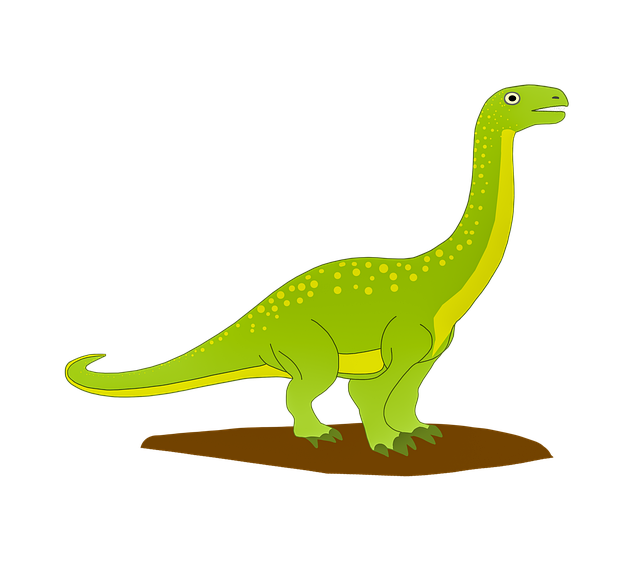Eugene's transportation history reflects its urban evolution from horse-drawn carriages to modern public transit and sustainable options. In the 20th century, railroads transformed the city into a bustling metropolis, followed by a shift to private vehicles and highways. Today, Eugene prioritizes cycling and walkability, promoting environmental sustainability and reducing traffic congestion, reflecting a modern approach to urban mobility.
Eugene, once reliant on horse-drawn carriages, has undergone a remarkable transformation into a modern city. This evolution in transportation is a testament to the changing times and the city’s adaptability. From the advent of railroads that brought about significant change, to the introduction of automobiles sparking urban sprawl, Eugene’s transit landscape has continually shifted. The focus now shifts towards sustainable options like bus lines, public transit, cycling, and walkability, reflecting a contemporary commitment to an efficient, eco-friendly future. Explore Eugene’s fascinating transportation history.
- Eugene's Early Transportation: A Horse-Drawn Past
- The Arrival of Railroads and Change
- Modern Cars and Urban Sprawl Begin
- Bus Lines and Public Transit Evolve
- Cycling and Walkability: A New Focus
Eugene's Early Transportation: A Horse-Drawn Past
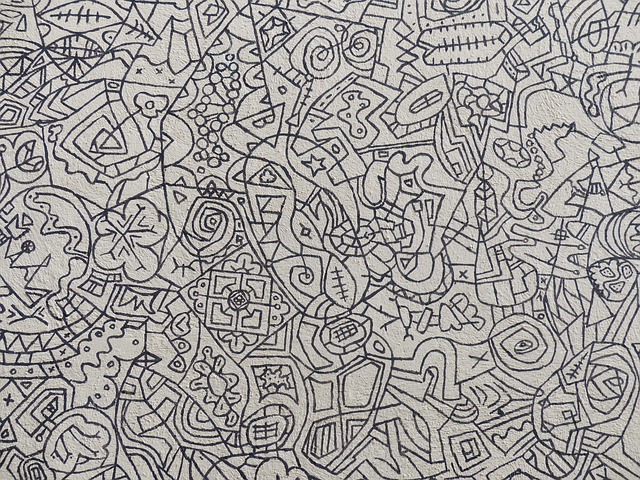
Eugene, like many cities, has evolved through various stages of transportation development. In its early days, horse-drawn carriages were a common sight on the streets. These elegant yet simple modes of transport provided a smooth ride for passengers, reflecting the city’s slower pace of life back then. The rhythmic clip-clop of horses’ hooves echoed through neighborhoods, connecting people and places within the bustling yet intimate community.
This horse-drawn past laid the foundation for Eugene’s transportation evolution. As time marched on, the introduction of automobiles brought about a significant change in urban mobility. The city gradually transitioned from horse-drawn carriages to modern vehicles, reflecting the broader shift across America during the early 20th century. This transformation marked a new era in Eugene’s history, paving the way for more efficient and faster modes of transportation that shape the city’s landscape today.
The Arrival of Railroads and Change
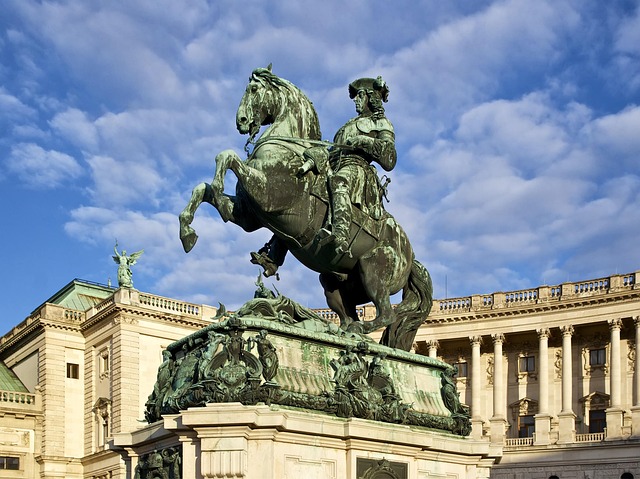
The arrival of railroads marked a pivotal moment in Eugene’s transportation history. The first trains began operating in the late 19th century, transforming the city’s economic landscape and connecting it to regional and national markets. This new mode of transport facilitated the movement of goods, people, and ideas, fostering an era of rapid growth and development. The railroads opened up new opportunities for trade, enabling local farmers and businesses to export their produce and products beyond the boundaries of Eugene.
The impact of railroads extended far beyond economic benefits. They brought about significant social changes as well, attracting a diverse range of settlers and creating a vibrant, bustling community. The city’s transportation infrastructure evolved, with stations becoming hubs of activity, connecting neighborhoods and rural areas to the urban center. This period witnessed Eugene’s metamorphosis from a quaint agricultural town into a modern, interconnected metropolis, setting the stage for its future prosperity and growth in the world of dynamic urban centers.
Modern Cars and Urban Sprawl Begin
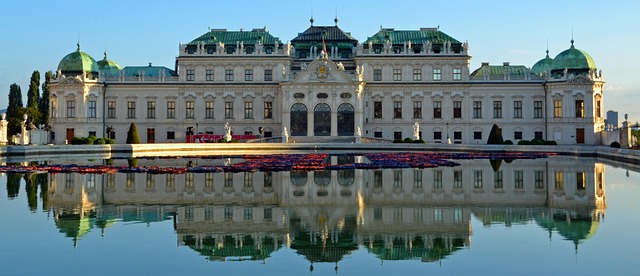
In the heart of Oregon, Eugene began its transformation from a quaint rural town to a modern city, and one of the most visible changes was in its transportation landscape. The shift to modern cars and urban sprawl marked a new era for the city, reshaping its physical layout and daily life. Historically known for its agricultural roots and reliance on bicycles and public transit, Eugene’s transportation history took a significant turn with the advent of affordable automobiles.
As the 20th century progressed, the allure of private vehicle ownership grew, leading to an expansion in road infrastructure. New highways crisscrossed the city, facilitating faster travel times and attracting businesses and residents from neighboring areas. This urban sprawl, characterized by low-rise buildings and vast parking lots, became the new normal for Eugene, mirroring similar developments across the nation. The once-quiet streets now buzzed with the hum of modern cars, signaling a dramatic transformation in how people navigated their daily commutes and interacted with their city.
Bus Lines and Public Transit Evolve
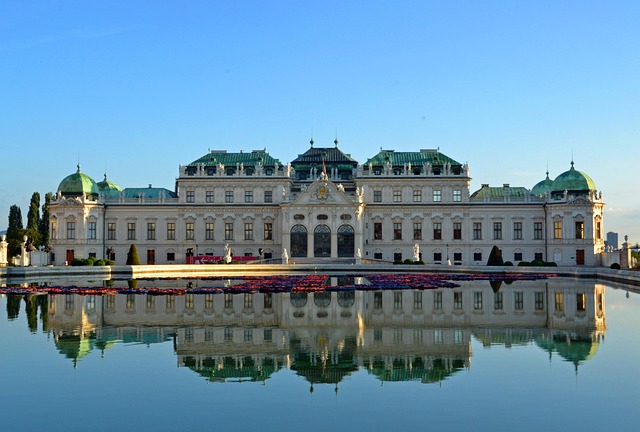
Eugene’s transportation history has undergone a remarkable evolution, mirroring its transformation into a modern city. In the past, the bustling streets were largely dominated by horse-drawn carriages and an extensive network of streetcars, reflecting the town’s humble beginnings. However, as Eugene grew and urbanized, the need for more efficient public transit became evident.
This shift led to the introduction and subsequent expansion of bus lines, which have become a cornerstone of the city’s transportation system. Over time, these bus routes have been meticulously designed to cater to the diverse needs of residents and visitors alike, connecting suburban areas, commercial hubs, and cultural landmarks. The public transit network has also embraced modern technologies, incorporating real-time tracking systems and eco-friendly vehicles, further enhancing the efficiency and sustainability of Eugene’s transportation infrastructure.
Cycling and Walkability: A New Focus
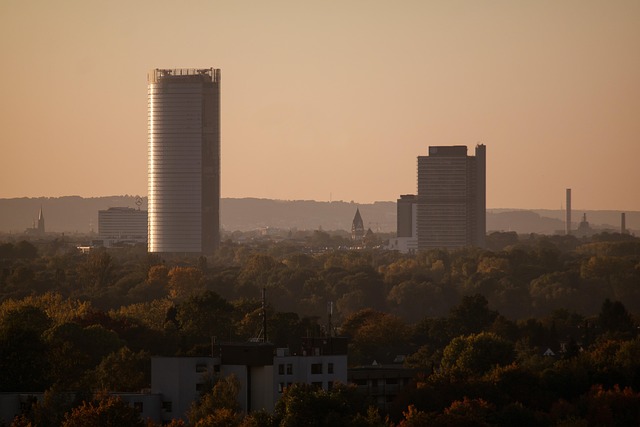
Eugene’s transition to a modern city has brought about significant shifts in its transportation landscape. Historically reliant on cars, the city is now embracing more sustainable and human-centric options. Cycling and walkability are at the forefront of this transformation, reflecting a growing awareness of environmental impacts and the health benefits of active transportation.
This new focus is evident in the development of dedicated bike lanes, pedestrian-friendly districts, and initiatives promoting car-free commuting. The city’s infrastructure is being redesigned to encourage residents to leave their vehicles behind, reducing traffic congestion and air pollution while fostering a more connected and vibrant urban environment.
